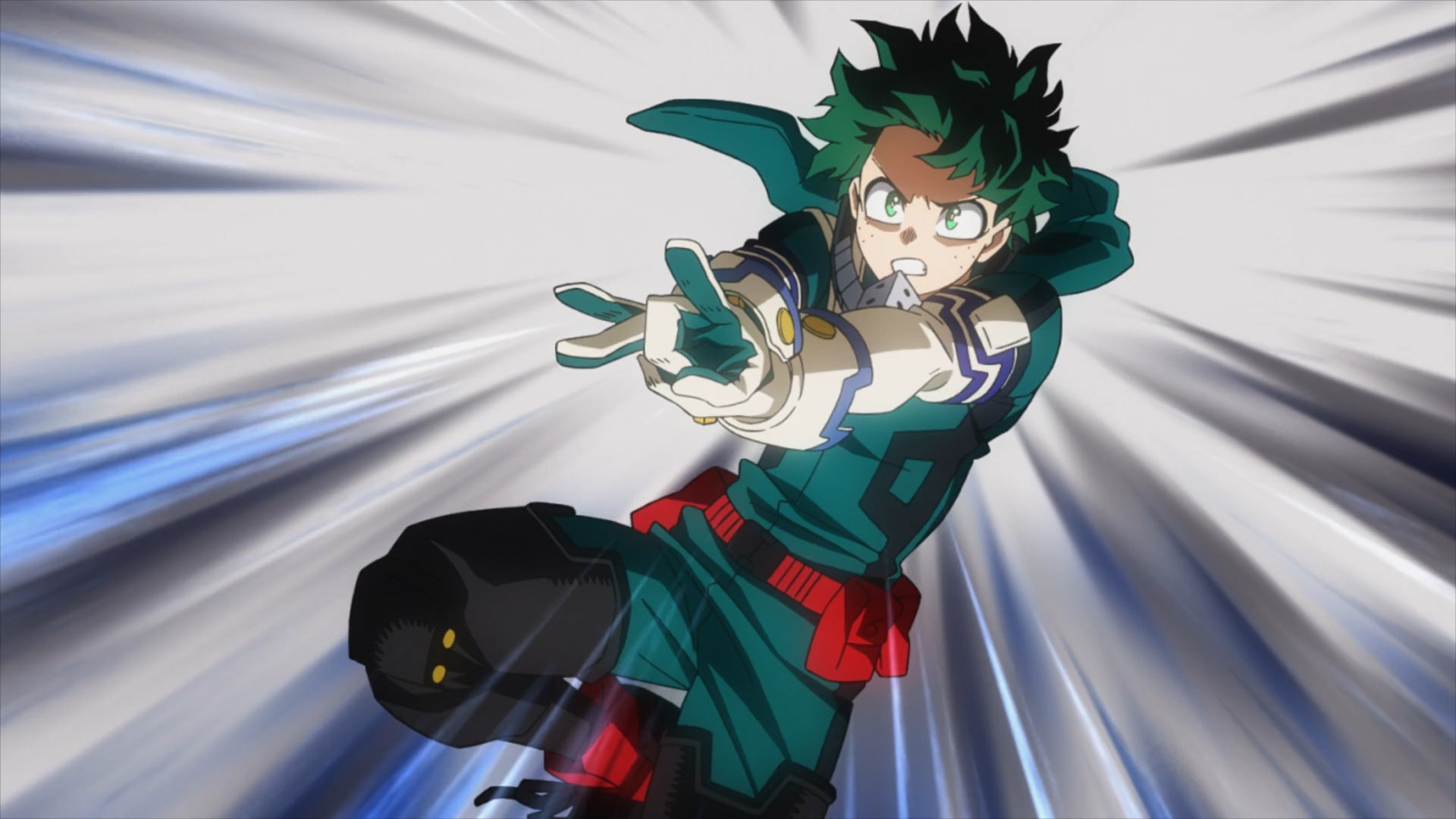
FEATURE: A Beginner's Guide to Lupin the Third
The Lupin the Third anime series celebrates its 50th birthday in 2021, and we're getting a brand new TV series for the occasion! Part 6 promises a new spin on anime's favorite gentleman thief, exploring the darker parts of his history. But how well do you know that history?
Whether you're completely new to Lupin, or (understandably) need a refresher on the basics of this decades-long franchise, read on. We'll get you caught up on everything from his history to his friends, and even his wardrobe choices!
The Origin

Back in 1967, Kazuhiko Katō was making a name for himself in the world of manga. After some time penning 4-panels and working as an assistant on the original Tiger Mask manga, he made his solo debut with the manga Playboy School, under the name Eiji Gamuta.
Katō was scouted to create art for Weekly Manga Action, a magazine oriented to adult male readers. He was also earmarked to do a short series for the mag — three months or so — and was given the pen name "Monkey Punch" by his editors. Since the name would only be with him for a few months, Katō went with it.
The short subject in question was Lupin the Third. And the series, rather than lasting three months, turned into a multimedia franchise that's still going even now.
The First

The name "Lupin the Third" implies the existence of a Lupin the First — and there is one.
Gentleman burglar and sometimes-detective Arsène Lupin was the creation of French author Maurice Leblanc. Lupin first appeared in 1905, in a short story in French magazine Je sais tout. Leblanc would go on to pen 17 novels and 39 novellas, and the character himself would appear in films, stage plays, and video games. (He also shared the page with Sherlock Holmes, but Arthur Conan Doyle didn't like that, so it's "Herlock Sholmes" now.)
Lupin flaunted a classic aesthetic: top hat, cape, monocle, and walking stick. While that look didn't carry over to his grandson, his gentleman thief vibe did... albeit for a new generation.
The Gang

When you get into Lupin the Third, you aren't meeting just one person. He's got a whole posse with him, with constantly shifting alliances and really strange motivations for hanging out.
Lupin's right-hand man is Daisuke Jigen, a laid-back, bearded sharpshooter. There are several versions of how the two met (everything from rivals to family friends), but the short version is that these two are ride-or-die for life. Compare that to Lupin's friend/lover/rival Fujiko Mine, who'll steal his heart one minute and his latest score the next.
Goemon Ishikawa XIII, like Lupin, is descended from a legendary thief. Early installments say Goemon aids Lupin in that "I'm the only person who gets to kill you" kind of way, but he seems to forget about that more often than not.
Finally, there's Inspector Zenigata: the energetic ICPO agent who's devoted his life to bringing Lupin in. Zenigata's good, but Lupin's just that much better — though they end up in a whole lot of "temporary" truces.
The Look

Aesthetic is everything for a gentleman thief, and Lupin's sideburns and sports jacket look is pure '60s style. But there's more to it than that: over the years, the color of his jacket has become an indicator to fans of what "flavor" Lupin to expect.
Each TV series has its own jacket color, and its own staff — and the movies and specials lean into that. Green jacket harkens back (usually) to late Season 1, which was taken over by Hayao Miyazaki to make Lupin a more gentlemanly gentleman thief. Red jacket calls to mind the 100+ episode Season 2: down for action (in more ways than one). The rarely-used pink jacket references the more cartoonish, zany season 3.
The recently-added blue jacket hasn't quite defined itself yet. So far, it feels like this Lupin is slightly closer to the "real deal": a mix of clever, conniving, violent, and surprisingly honest. It'll probably take a few years to see what Blue Jacket Lupin really means to the franchise, though.
The Essentials

We're not about to tell you to watch 50 whole years of Lupin the Third back to back. (Unless you want to, of course.) But if you want to start somewhere, there are a few good places to dig in:
Almost everyone agrees that The Castle of Cagliostro is the best gateway, and... it's true. The second-ever animated Lupin the Third film is also the first-ever Miyazaki-directed film, and sends the Lupin Gang to a tiny European kingdom where they'll rescue a princess, unearth a buried treasure, and fight on a big clock.
2019's Lupin the Third: THE FIRST comes from CG anime powerhouse Takashi Yamazaki, and is both beautiful to look at and a great entry point. The period piece is set during the manga's original run, and harkens back to Maurice Leblanc's original stories (especially that Herlock Sholmes one Doyle didn't want you to read).
If you've got a little Lupin lore under your belt, try out The Woman Called Fujiko Mine. The stylish, surreal series focuses on the mysterious cat burglar as she navigates strange memories and a shadowy conspiracy. Or check out one of the series's crossovers with fellow long-runner Case Closed.
Consider yourself prepared — and get ready for Lupin the Third Part 6 later this year!



